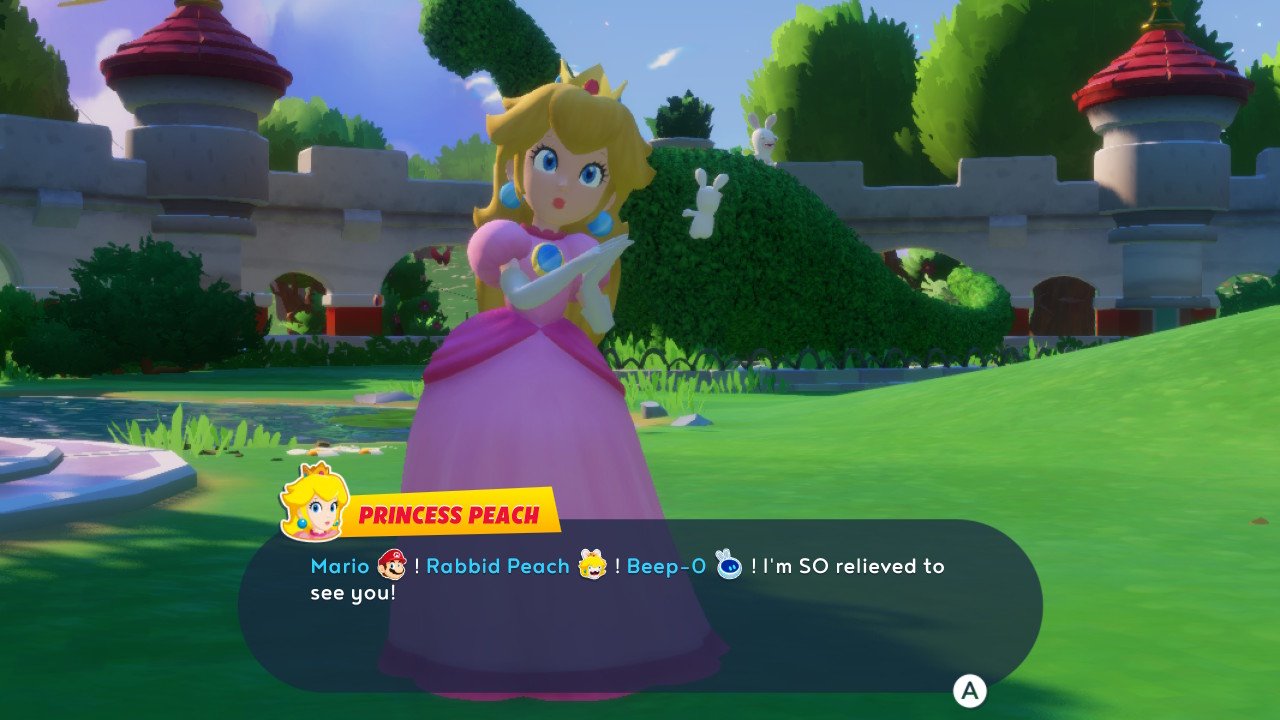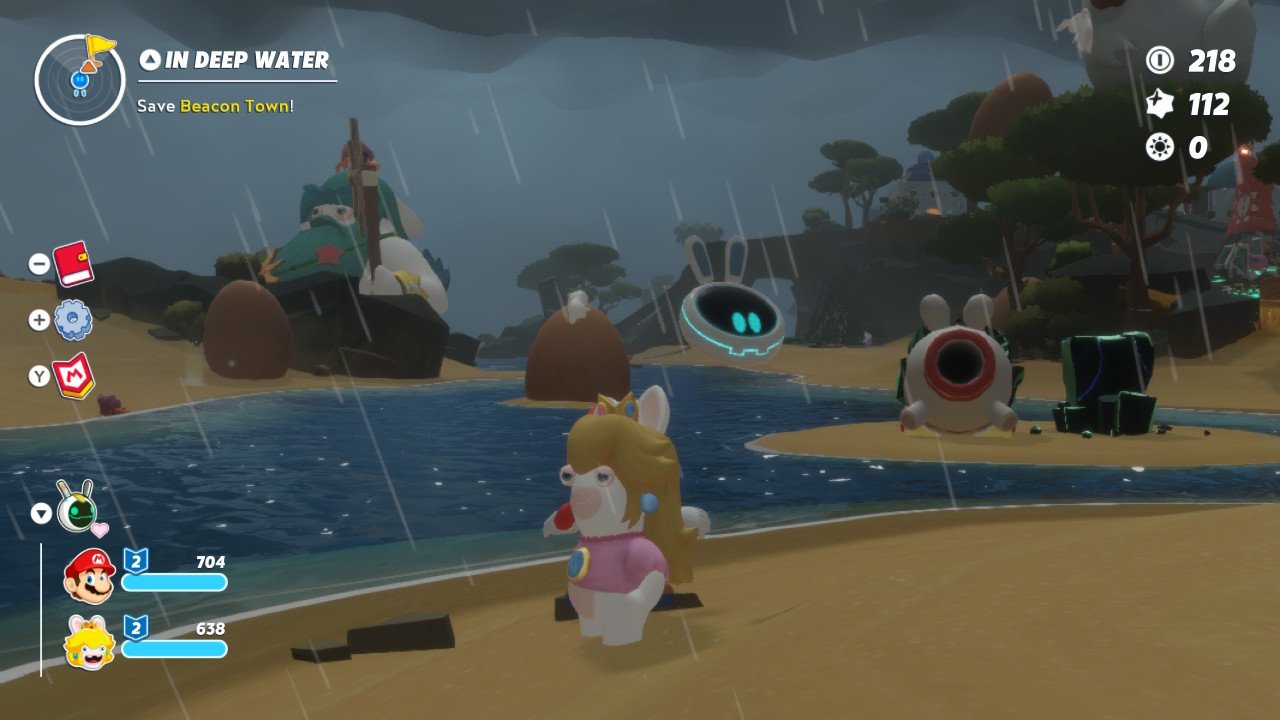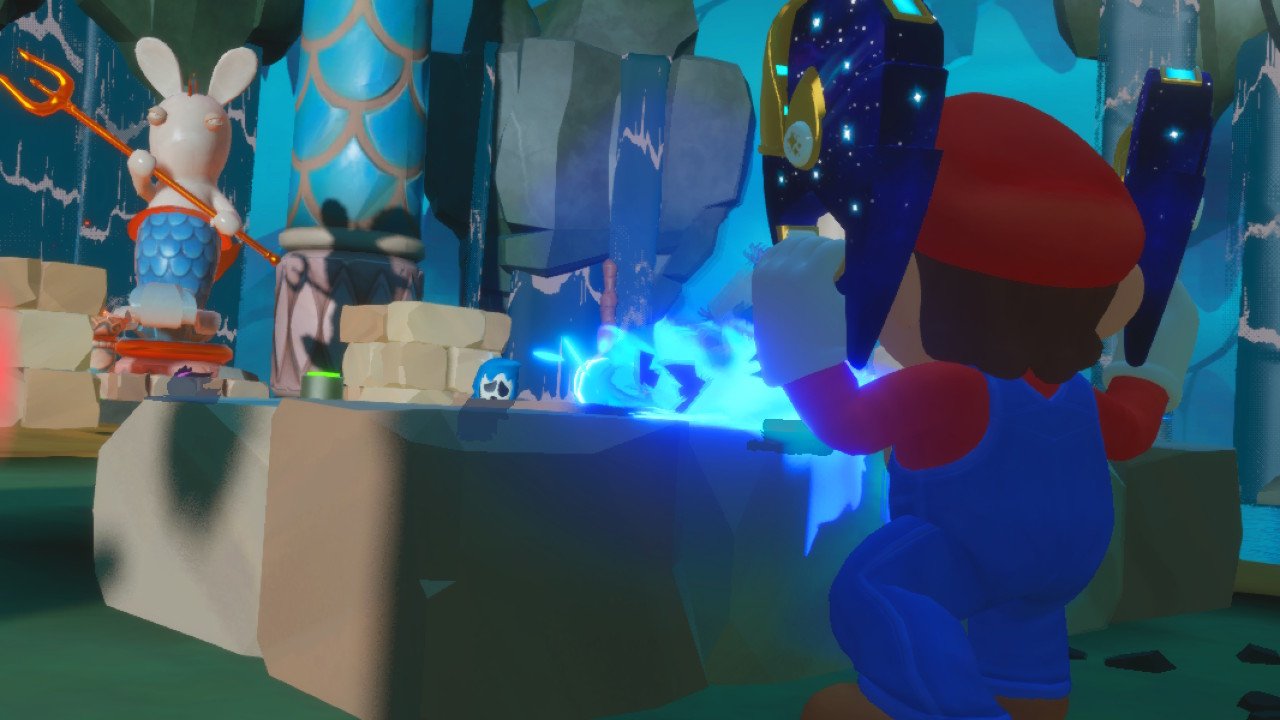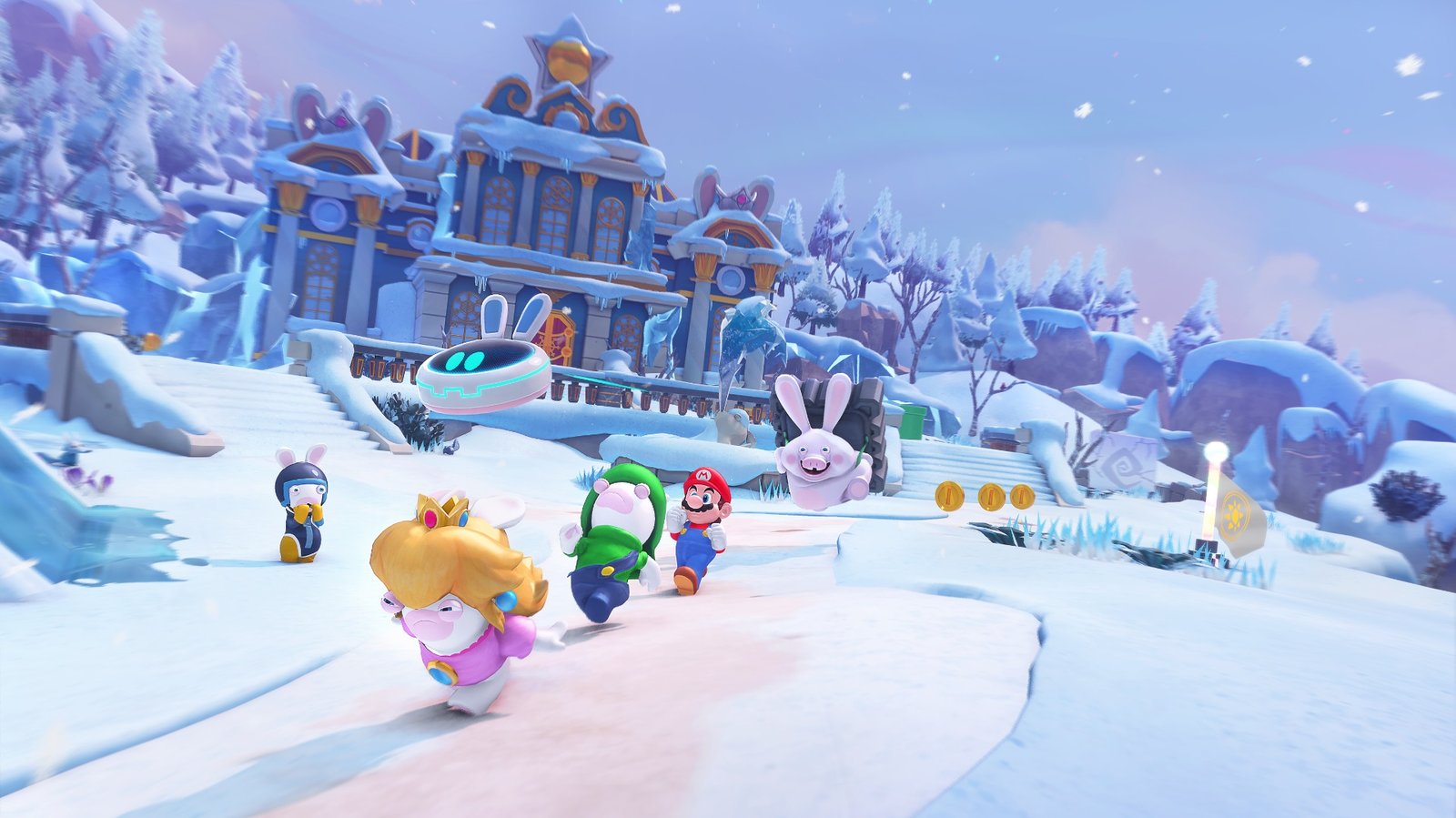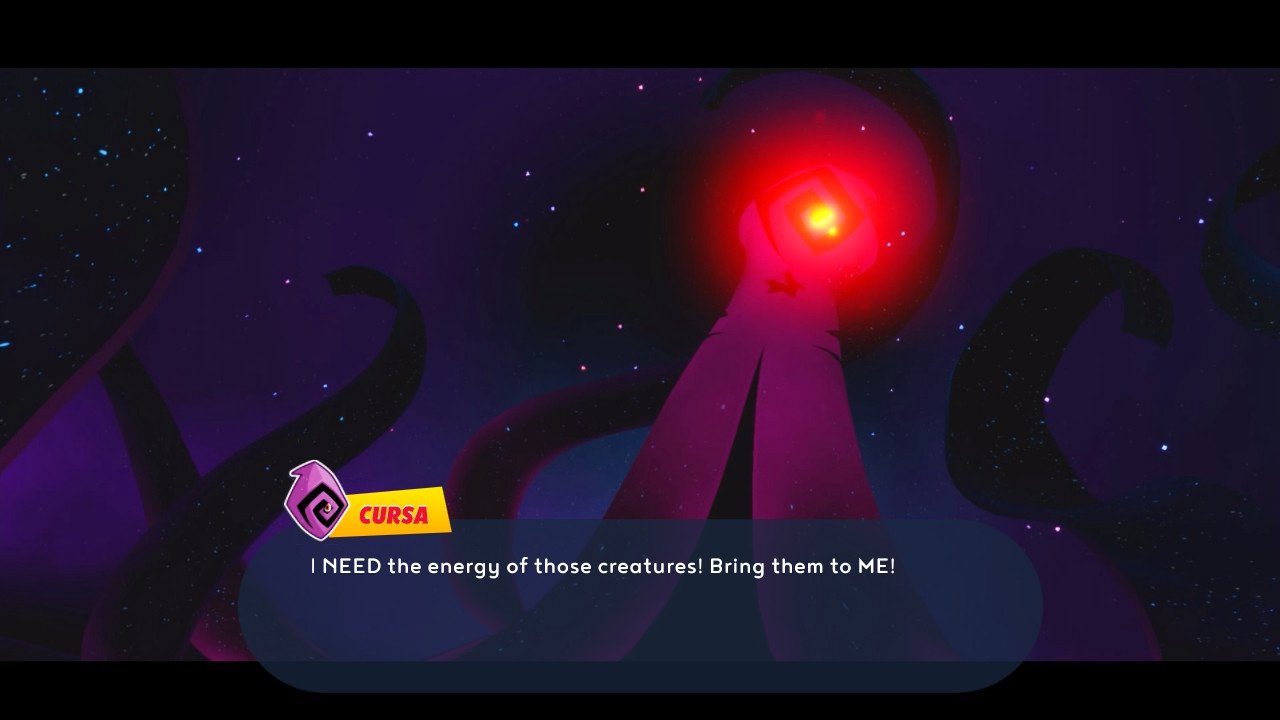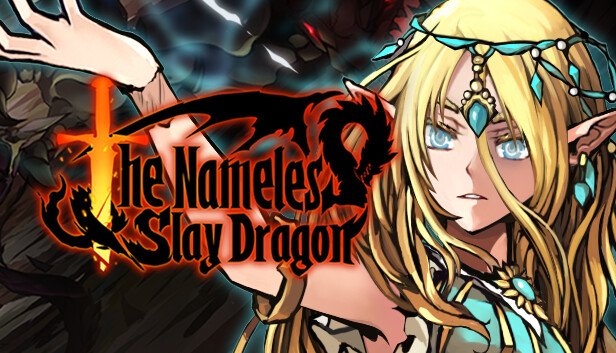
Before 2017, if you would have said that we will be getting a Mario turn-based combat game, we would have laughed in your face however when Ubisoft announced and launched the cross-over title Mario + Rabbids Kingdom Battle in 2017, we were not only introduced to a brand-new side of Mario, but we saw a cross-over that few people ever expected. The title received a decent reception, and we are glad that Ubisoft decided to continue the franchise further with its latest title Mario + Rabbids Sparks of Hope. This is our review of Mario + Rabbids Sparks of Hope in which we explore different planets and dash through some evil Goombas.
Mario + Rabbids Sparks of Hope brings the ultimate crossover of Mario and Rabbids back to life along with some of the key elements of the first title as well, which is the simplistic turn-based combat. Mario + Rabbids Sparks of Hope is a direct sequel to the original title forged in the development pits of Ubisoft Milan and Ubisoft Paris, the developers behind the first game in the franchise. Mario + Rabbids Sparks of Hope takes place after the events of the first game and starts off by showing that most of the team is hanging out at Princess Peach’s castle in the Mushroom Kingdom and going on with their lives. Soon after the main villain of the game, Cursa, appears with her evil power Darkmess and Mario, Princess Peach, and all of their Rabbids counterparts set off on a journey across different planets to save them from Cursa’s wrath.
Mario + Rabbids Sparks of Hope is a fully narrated game, complete with cutscenes and limited audio dialogue as well. Most of the dialogue in the game is just text however some dialogue lines have audio narration as well. Since this is an action-adventure title as well, the story and cutscenes will follow every key point of the title. If you are familiar with the Mario universe, you will see Mario, Princess Peach, and Luigi along with the robot Beep-O and the ship’s AI Jeanie. On the Rabbids side, you have Rabbid Mario, Rabbid Peach and Rabbid Luigi. These Heroes are available right from the start of the game however you can also unlock bonus Heroes with game progression which I will not be spoiling here. The story is exactly what you would expect from a Mario title however the real strength of Mario + Rabbids Sparks of Hope is its turn-based combat.
Mario + Rabbids Sparks of Hope takes place across various planets that you travel to in your spaceship. Right from the game, you will get some serious vibes of Super Mario Odyssey since space travel is common in both games. Both games are completely different from each other in tons of ways. Each planet in Mario + Rabbids Sparks of Hope is unique and multilayered with different sub-maps that allow you to explore the planet to its fullest and complete tons of side quests and challenges as well. After landing on a planet, you are free to explore the planet and complete various activities that it offers. You can complete various challenges like coin collection in a limited time and defeating special enemies which give you Planet Coins, the in-game currency. Apart from Coins, you will also earn Starbits which is yet another in-game currency and one that you can use for various in-game purchases.
Progression in the main story is vital for each planet because not all content available on any planet is accessible right from the start. Some of the areas are hidden behind boss fights, special enemy encounters, puzzles, and challenges. You must clear the task for these areas before you can get access to them for various bonuses. Apart from challenges and puzzles, you have your main quests and side quests which are basically combat scenarios called Darkmess Puddles that you must complete in order to gain access to areas locked behind them. Earning Planet Coins allows you to purchase various important items from the in-game merchant including the Planet Keys which are used to open Vaults where you can find Sparks and even weapon skins. These vaults are a combination of combat scenarios and puzzle-solving. Neither of them is too challenging but depending on your chosen difficulty, the combat bit could become a little tough for you if you are not used to how the turn-based combat system works.
Each planet has its own progression meter and as you complete main quests, side quests, and challenges, you will increase each planet’s progression meter. Some of the side content might be above your level on your first visit to the planet or you might not have the required skills for a certain task however you can always return to the planet later to complete the remaining side content and challenges. Certain enemies that are marked on the map apart from boss fights are always tougher and in most cases, you will be returning back to the planet in order to defeat them. The game does not force you to do anything in order and if you are focusing on the main story only at the beginning, none of the side content in the game is missable and you can always return to it after completing the main story of the game. There are also some collectibles for you to find on each map which include Memories and Probes which add to the overall lore of the game.
Combat is one of the most important elements of the game and one of my favorite ones as well. You create your team, choose your sparks, and get in the fight. Sparks is a brand-new mechanic that plays a critical role in combat in Mario + Rabbids Sparks of Hope. These Sparks are creatures that are a fusion of Lumas & Rabbids, and they are not just cute little stars floating at the top of your heroes. They give you access to special super abilities that are extremely efficient in combat and can seriously turn the tide of each scenario. The overall combat system of the game works out just like any other turn-based combat game. If you are familiar with this system, you will easily get the grips of it. Your party goes first and each Hero in your team has two Action Points. You can move around in the allowed area and perform two unique actions during each move.
The major actions that cost Action Points in each turn include attacking enemies, using items from your inventory, performing Hero abilities, or using the active ability of your chosen Spark. You must decide each action for all of your party members during each turn and once you have executed all available options, it is the enemy’s turn, during which they attack and perform their tasks during their turn. Once their turn is complete, it comes back to you and the cycle continues until one team emerges victorious. I was really impressed with the combat of Mario + Rabbids Sparks of Hope because the different mechanics that are in place work really effectively in the game which even seasoned turn-based franchises fail to achieve. Cover plays an important role in combat and both you and your enemies will make use of the cover system.
Based on the cover, a certain percentage of attacking chance is lowered and anyone behind tall covers is seriously defended against incoming attacks until the cover is destroyed by incoming attacks. Each Hero in the game comes with its own unique Weapons which are used for attacking enemies. The Hero Powers range from healing other party members to increasing their attack damage. There are various items that you can use during your turns as well which could deal damage to your enemies or heal your party however you must purchase these items from the in-game vendor which is present on every map, or you sometimes get them from battles or completing side quests. These items also consume an Action Point, so you have to balance using items with your other moves. The equipped Sparks also give you Super Effects along with an Active and a Passive bonus. You start off with basic Sparks and then you can unlock and use new Sparks with story progression. You can also level up your Sparks with Starbits and Starpotions which makes them more effective with their active and passive bonuses.
The combat system also allows you to use different moves for a limited time during each turn. These include Dash and Team Jump which are combat actions however they do not cost you Action points so you can use them without the need of worrying about losing an Action Point. For example, I was using Dash most of the time for cleaning out lines of Goombas since they are extremely annoying and are not worth wasting your main attacks on them. For most battles with Goombas in them, if a line of Goombas was within my movement area, I would just move into them and take them out with the Dash. Once they are out of the picture, I would go back and use my Spark ability to boost my damage, and then use my main weapon to attack enemies that are in my attack range. Sometimes if the enemy is out of my attack range, I would use the Team Jump to jump and glide closer to enemies before taking them out by using the Hero Power and then using the main weapon to clean them out. I rarely use Items during combat however they are also an excellent addition to the combat if you are good with them. After you have attacked the enemies with your main weapon, you cannot move that particular Hero until your turn is over or if you use all of your Action Points, your turn will also end.
When it comes to enemies and combat, Mario + Rabbids Sparks of Hope is progressive with its difficulty curve and as you progress further in the game, you will start encountering tougher enemies and they also increase in their numbers however as you level up, you will become more powerful as well. Another important aspect to change your Hero’s attributes is by using the skill trees. Each Hero comes with its own unique Skill Trees, and you can use Skill Prisms to unlock new Skills and abilities for your Hero. These allow you to have custom builds in the game along with the equipped Sparks. As you win battles, your Heroes earn XP along with Starbits and Coins. The XP when increased to a milestone will level up all of your Heroes and also give you Skill Prisms sometimes which can be used to purchase new skills from the Skill Tree. Leveling up also makes Heroes stronger as it increases their health and damage output.
If you are not happy with your build, you can reset all of the Skill Prisms invested in a Hero and reassign them to make new builds as well. Some of the skill slots are unlocked by completing various challenges so character customization is brilliant in the game. Since the Sparks are all about unique powers and giving you an edge with Super Effects, you can use this mechanic to exploit the weaknesses of your enemies. During fights, you can use Beep-O for its Tacticam which is a powerful tool to identify enemies, their strengths, weaknesses, and their attack types. This gives you an insight into how you should tackle each of the enemies in a level and tell you about some of the newer enemies of the game as well. Some of the enemies are also resistant to certain types of Super Effects and you will get this information individually about every enemy in a combat scenario. If your units take damage during a fight, you will gain a certain amount of health back at the end of every fight or
Mario + Rabbids Sparks of Hope is cool to look at with traditional Mario visuals and art style. The normal Nintendo Switch runs the game just fine however the Nintendo Switch Lite tends to become a little hot in your palms while playing the game. The game is not too demanding on the hardware but the Switch Lite still gets a little warm while playing on it. The animations and special effects are top-notch and are exactly the sort you would expect from a Mario game. I really like the level design of Mario + Rabbids Sparks of Hope as each planet feels unique and it has plenty of cool spots to explore. There are hidden areas, platforming areas, and puzzles to solve in each level apart from various NPCs that you meet on each planet as well. The game has the perfect balance between seriousness and humor to maintain a decent overall theme of the game. The sound design of the game is really good as well as the complete soundtrack is composed by Grant Kirkhope, Yoko Shimomura, and Gareth Coker.
Technically, Mario + Rabbids Sparks of Hope runs pretty well on the Nintendo Switch console. One of the major problems with most Nintendo Switch titles is the hardware limitation offered by the Nintendo Switch console however since Mario + Rabbids Sparks of Hope is made only for Nintendo Switch; it is not a port of a PC or any other console’s release. Mario + Rabbids Sparks of Hope runs without any sort of visual or gameplay hiccups and the only problem I saw was the Nintendo Switch Lite getting a little warm after investing a few hours on it, but I guess this is not because of the game. During my two playthroughs of the game for this review, I did not encounter any sort of gameplay-breaking bugs or hiccups. The game runs pretty good on all variations of Nintendo Switch and that too, without dipping frames or giving any sort of issues. Keep in mind that the game has received its first patch already which probably fixes any sort of issues with the game if there were any left from its initial release.
Final Verdict:
Ubisoft’s latest take on its turn-based combat Mario title Mario + Rabbids Sparks of Hope is perhaps a massive step in the right direction for the franchise. The combat system feels pretty solid with beautiful and open-world levels that offer plenty of main and side content for you to explore. Familiar faces from both Mario and the Rabbids’ universe are present in the game, each with their own strengths and weaknesses giving you the option of strategizing the battles and creating custom builds with a simple yet detailed skill tree. The new Sparks bring a unique twist to combat and the game itself offers the option of becoming a walk-in-the-park or a highly challenging turn-based battler depending on your skill level. If you played the first Mario + Rabbids Kingdom Battle, you should definitely be jumping into the new title as it is more refined all around and certainly shows that Ubisoft is pretty serious about this franchise. Whether you have played this franchise before or not, Mario + Rabbids Sparks of Hope is a brilliant title, one that will keep you busy for hours.
Final Score: 8.5/10





